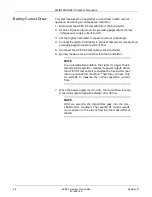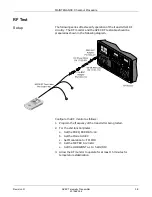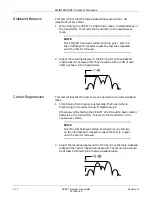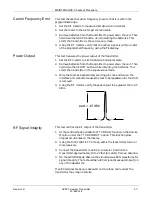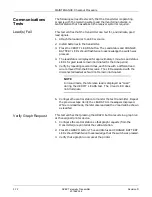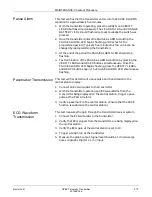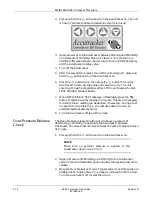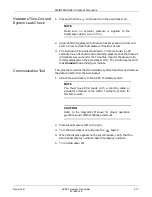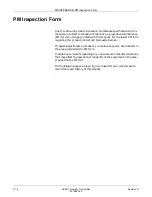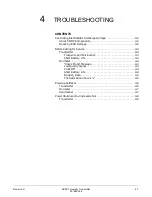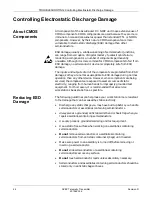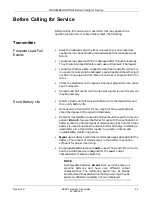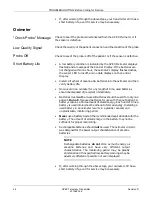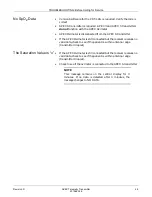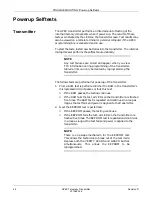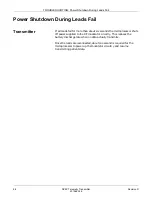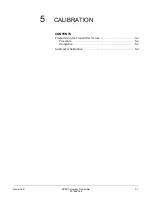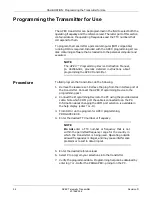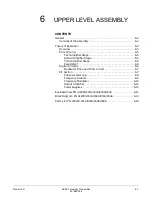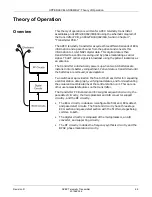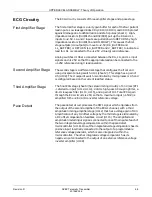
TROUBLESHOOTING: Controlling Electrostatic Discharge Damage
4-2
APEX Telemetry Transmitter
Revision D
401566-166
Controlling Electrostatic Discharge Damage
About CMOS
Components
All components of the Accutracker DX NIBP unit make extensive use of
CMOS components. CMOS components are used because they are more
immune to noise and consume less power than standard TTL or NMOS
components. However, by their nature CMOS components are more
vulnerable to electrostatic discharge (ESD) damage than other
semiconductors.
ESD damage, usually a subtle weakening of semiconductor junctions,
can range from corruption of digital memory to catastrophic failure,
rendering a component or a number of components permanently
unusable. Although it is more common for CMOS components to fail from
ESD damage, no semiconductor device is completely safe from ESD
damage.
The inputs and outputs of all of the components are protected from ESD
damage, so they are no more susceptible to ESD damage during normal
operation than any other device. However, when components are being
serviced, the components are exposed to several sources of static
electricity, ranging from human hands to improperly grounded test
equipment. For this reason, it is recommended that all service
workstations be as static-free as possible.
Reducing ESD
Damage
The following guidelines can help make your workstation more resistant
to the damage that can be caused by static electricity.
•
Discharge any static charge you may have built up before you handle
semiconductors or assemblies containing semiconductors.
•
Always wear a grounded, antistatic wristband or heelstrap when you
repair assemblies containing semiconductors.
•
Use only properly grounded soldering and test equipment.
•
Use a static-free surface when working on assemblies containing
semiconductors.
•
Do not remove semiconductors or assemblies containing
semiconductors from antistatic containers (bags) until needed.
•
Make sure power to an assembly is turned off before removing or
inserting a semiconductor.
•
Do not slide semiconductors or assemblies containing
semiconductors across any surface.
•
Do not touch semiconductor leads unless absolutely necessary.
•
Semiconductors and assemblies containing semiconductors should be
stored only in antistatic bags or boxes.

